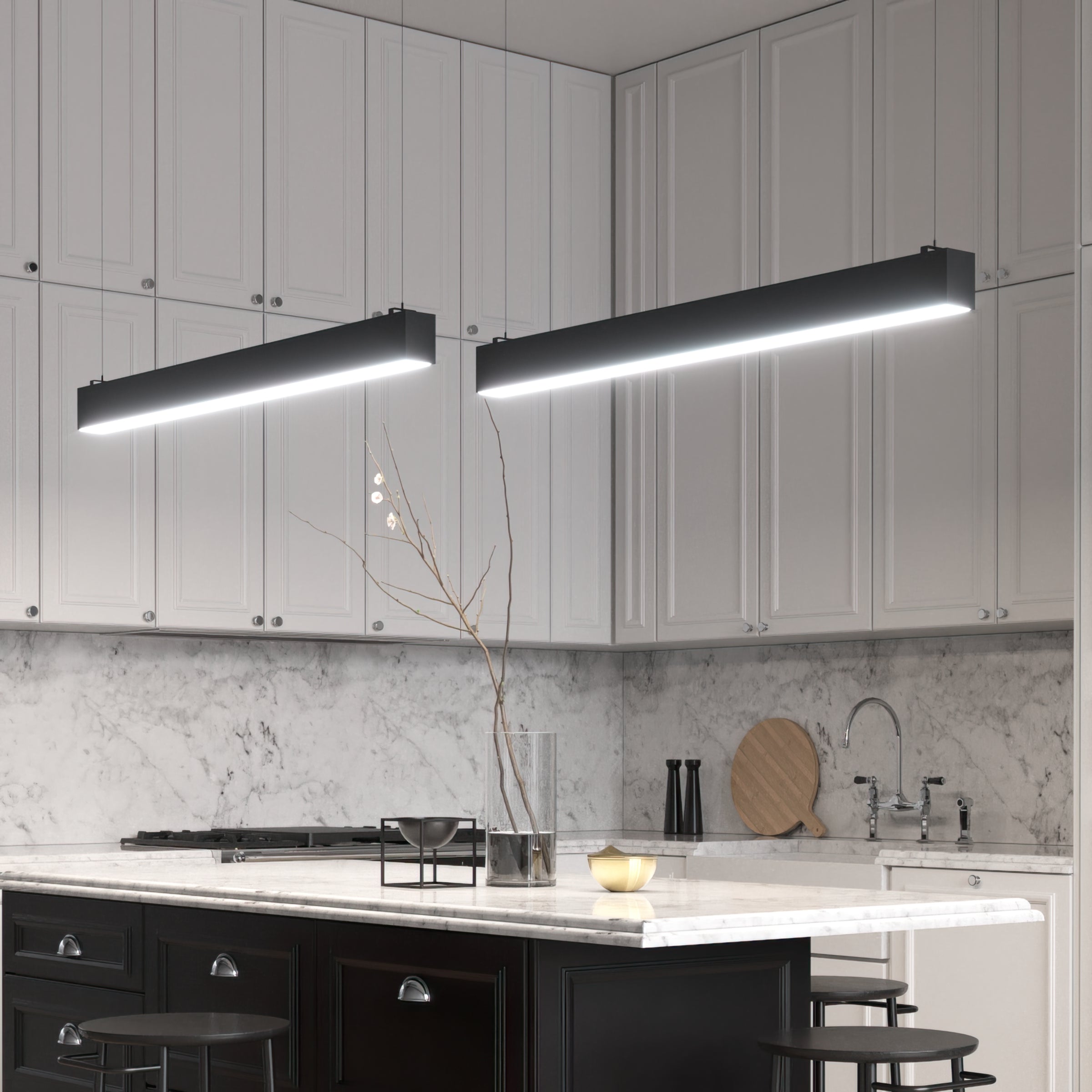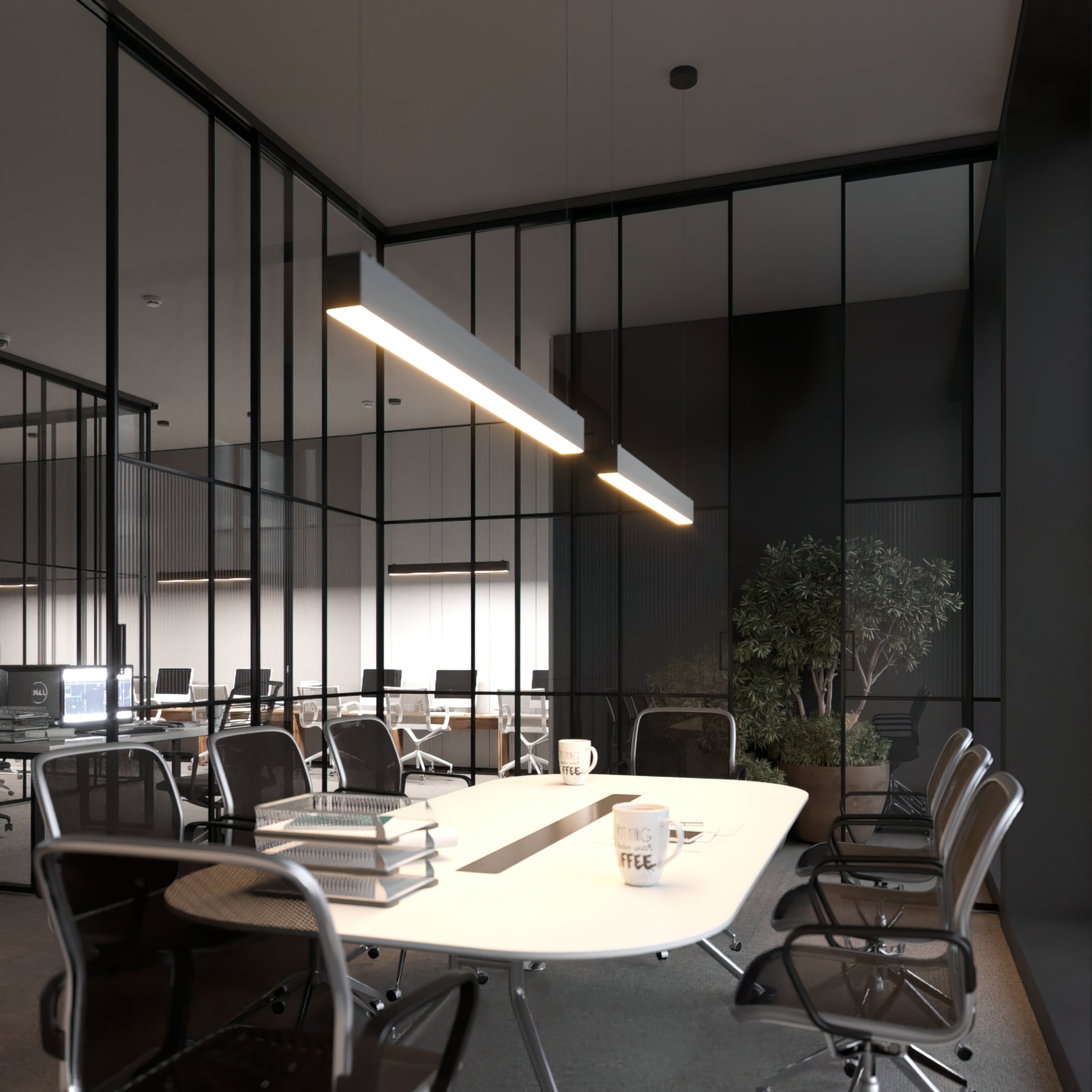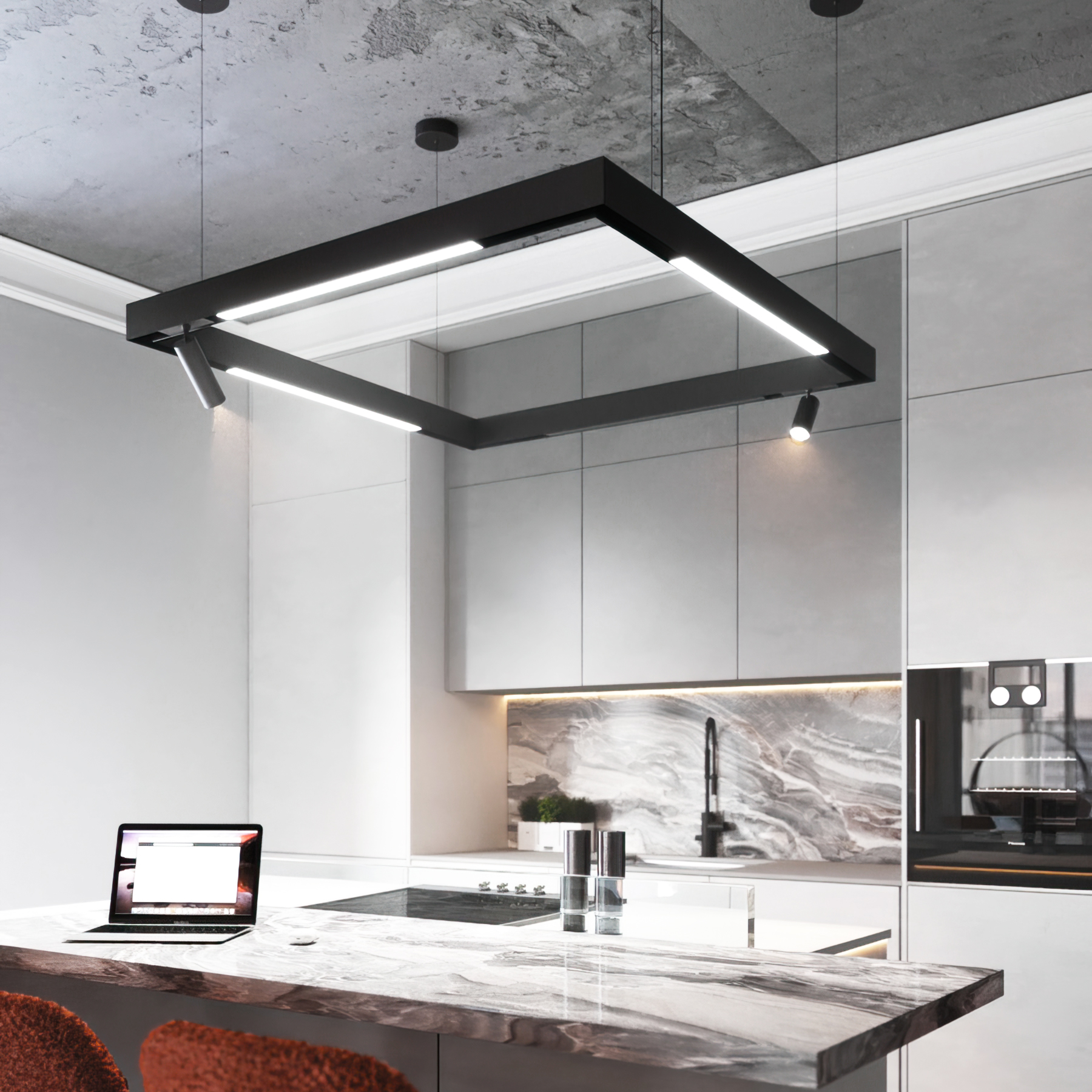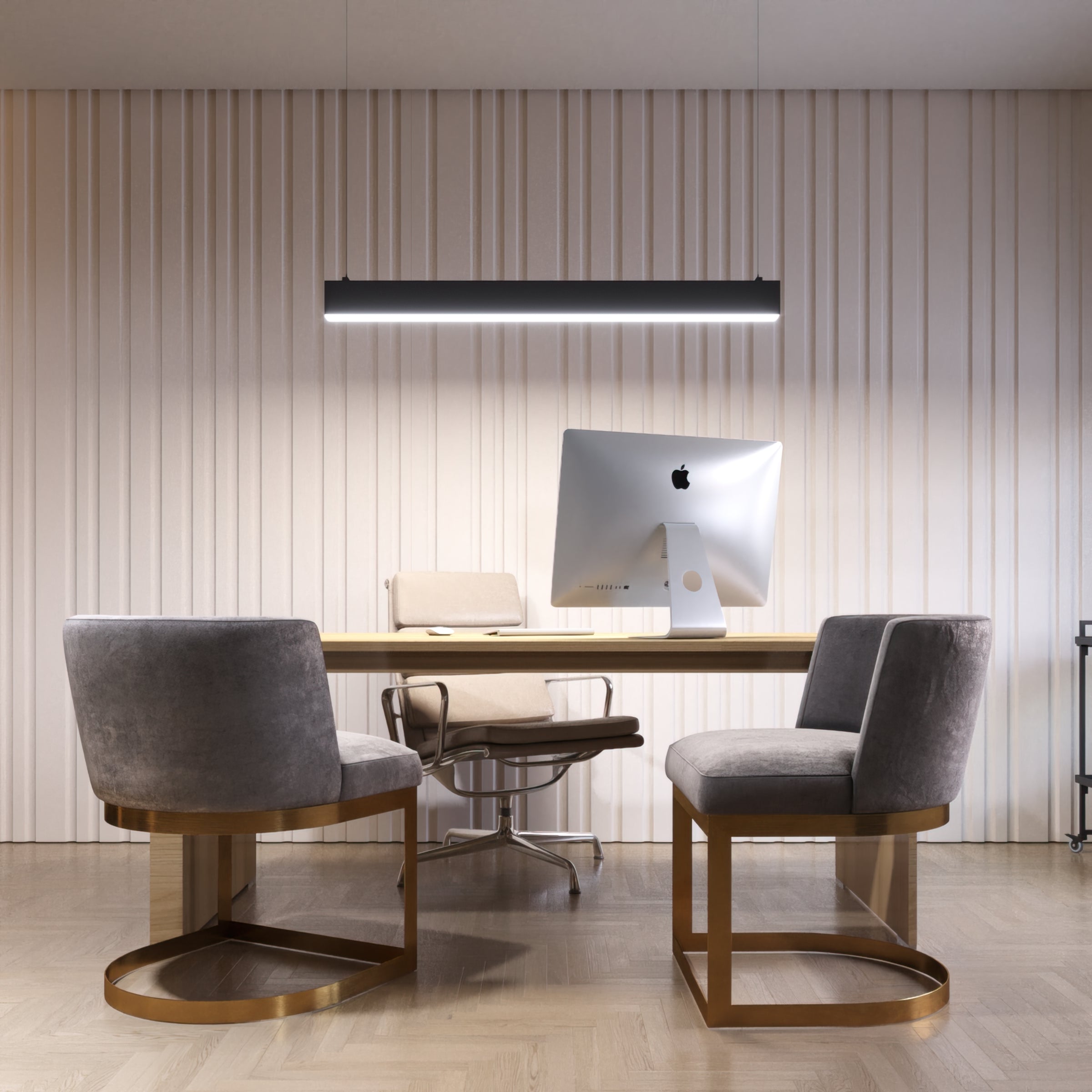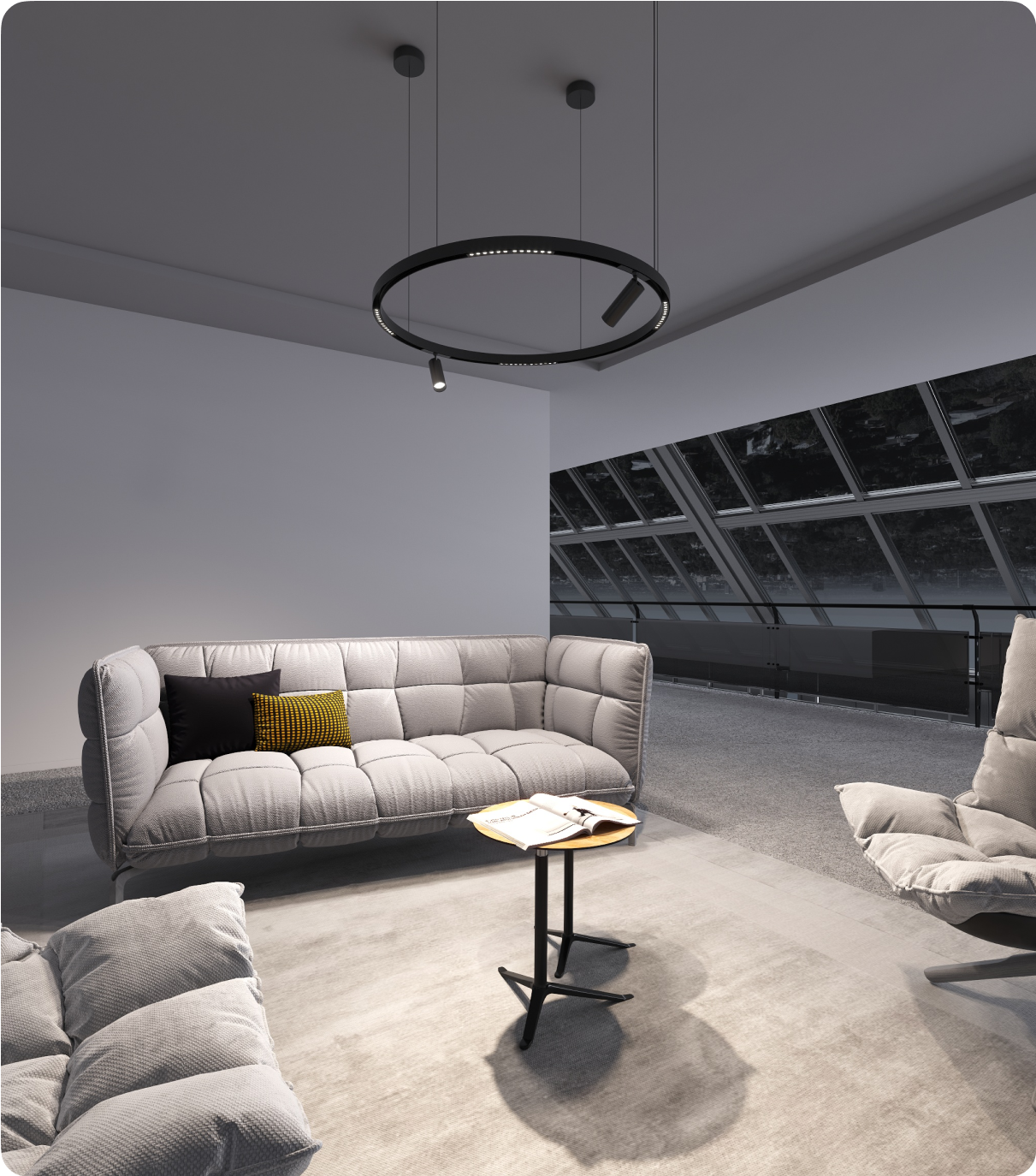When it comes to hospital lighting, there is a delicate balance between creating a soothing environment for patients and providing adequate functional illumination for medical staff. The right lighting can help to reduce stress, promote healing, and increase patient comfort. However, it is important to ensure that the lighting also meets the practical needs of the hospital environment. In this blog post, we will explore the challenges of achieving this balance and provide tips for designing hospital lighting that is both soothing and functional. Whether you are a healthcare facility manager, an architect, or an interior designer, this post will provide valuable insights into creating an environment that supports the needs of patients and staff alike.
Why Is Appropriate Hospital Lighting Important?
Better Circadian Rhythm
The circadian rhythm is a natural process in the human body that releases hormones for sleep and activity based on light color. Warm, white light in the morning and evening naturally releases melatonin to induce sleep, while bright, cooler light during the day suppresses melatonin and increases serotonin for alertness and activity.
In a hospital environment, lighting that imitates the bright and cool light of the midday sun can enhance alertness and reduce fatigue for both workers and patients. Conversely, warm lighting can cause drowsiness and make work more challenging for staff. LED lights, which emit cool white light, can help to keep workers alert and accurate.
High Color Rendering Index
In healthcare settings, initial visual inspections are often used to diagnose various conditions. For instance, jaundice is usually detected based on the color of a patient's skin. Therefore, it is vital for healthcare settings to have lighting with a high color rendering index (CRI). LED lighting is an excellent option as it provides a CRI that closely resembles natural sunlight, which improves the accuracy of healthcare workers' tasks.
Energy Efficiency
In healthcare settings, such as hospitals, lighting is a crucial element that contributes to the overall well-being of patients and staff. However, the constant need for illumination can take a toll on the provider's budget, leading to higher energy expenditures. By using energy-efficient lighting, energy costs can be reduced while still providing adequate illumination. One effective solution is to replace fluorescent or similar lighting with LED lighting. This simple step can lead to a significant reduction in energy expenditures by up to 80 percent or more, which can result in significant savings for the provider. Additionally, the use of LEDs can also lead to a reduction in heat, resulting in savings on the HVAC system. By making this change, healthcare providers can not only save money but also contribute to a more sustainable and eco-friendly environment.
Lighting for Nursing and Medical Staff
The lighting in hospitals must be sufficient to allow nursing and medical staff to perform their daily tasks with ease. It should enable staff to make charts or read thermometers throughout the building. Generally, a lighting level of 150-300 lux is recommended for the illumination of nursing stations.
Lighting for Different Areas
Labour Room and Operating Theatres
For operating theaters and labor rooms, the recommended general lighting requirement is about 300 lux, which should be sufficient for technical staff to operate all equipment. Additionally, the lighting should be adequate to enable proper examination of organs, instruments, and tissues, with an illumination level of around 2000 to 10,000 lux in these rooms.
Patient's Rooms
Patient room lighting should be tailored to meet the specific needs of patients in order to create a pleasant and cozy atmosphere. For example, patients who prefer to sleep early may find high illumination levels to be bothersome. Generally, a patient's room requires an illumination level of around 100 lux.
In addition to the general lighting in patient rooms, individual light, such as hospital bed light can be provided to patients, which they can operate themselves. This helps to break the monotony of the uniform lighting.
Intensive Care Units and Recovery Rooms
In standard wards, the lighting can be used in intensive care units and recovery rooms, but it should have an illumination adjustment ability of approximately 300 lux, and the fitting designs should prevent hospital overbed LED lights from spreading to neighboring beds.
Nursing Stations
The hospital lamp should be suitable for medical staff to perform their daily tasks, such as reading thermometers and charting, wherever they are in the building. The recommended lighting level for nursing stations is between 150-300 lux.
LED Hospital Lighting
One effective method for conserving energy and reducing lighting expenses in hospitals is to utilize LED lighting wherever appropriate, including LED exit signs. LEDs are highly energy-efficient, consuming significantly less power compared to other lighting options. When compared to CFLs, they use less than a third of the energy, and they are seven times more energy-efficient than traditional incandescent lighting fixtures. Additionally, it is advisable to replace older T12 or T8 lighting technologies with Super T8 fixtures, which can reduce energy consumption by 20 to 30 percent. Moreover, these fixtures also mitigate issues like flicker and noise when compared to magnetic ballasts.
Hospitals can further enhance energy savings through a combination of low and high-tech lighting control solutions. Raising awareness among staff and patients about the importance of turning off lights when a room is unoccupied is one effective approach. Additionally, integrating daylighting controls in patient rooms and public areas with large windows can yield substantial energy savings. Implementing continuous dimming controls can achieve energy reduction without compromising patient care or room functionality. Furthermore, the installation of occupancy sensors in areas that are typically vacant, such as restrooms, stairwells, and service areas, contributes to energy conservation efforts.
Lastly, incorporating daylighting into hospital design is a valuable consideration. When combined with energy-efficient illumination, daylighting can significantly reduce power consumption in office spaces, reducing the power density from 2.2 watts per square foot to just 0.88 watts per square foot. Furthermore, daylight emits less heat than artificial lighting sources, leading to decreased cooling requirements when properly managed.
